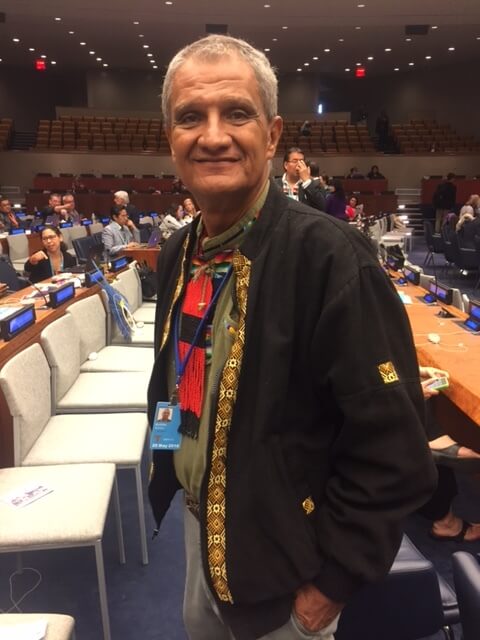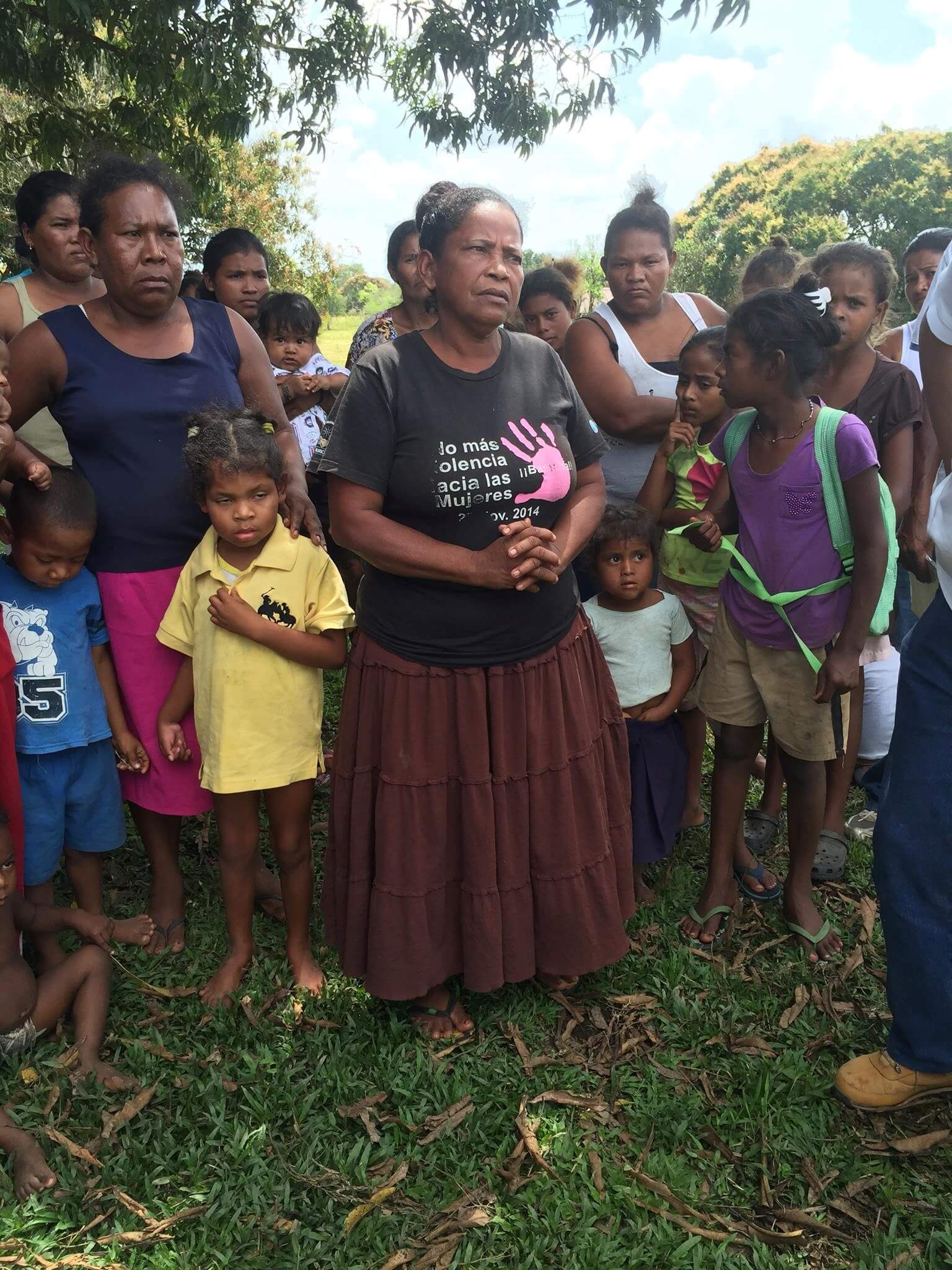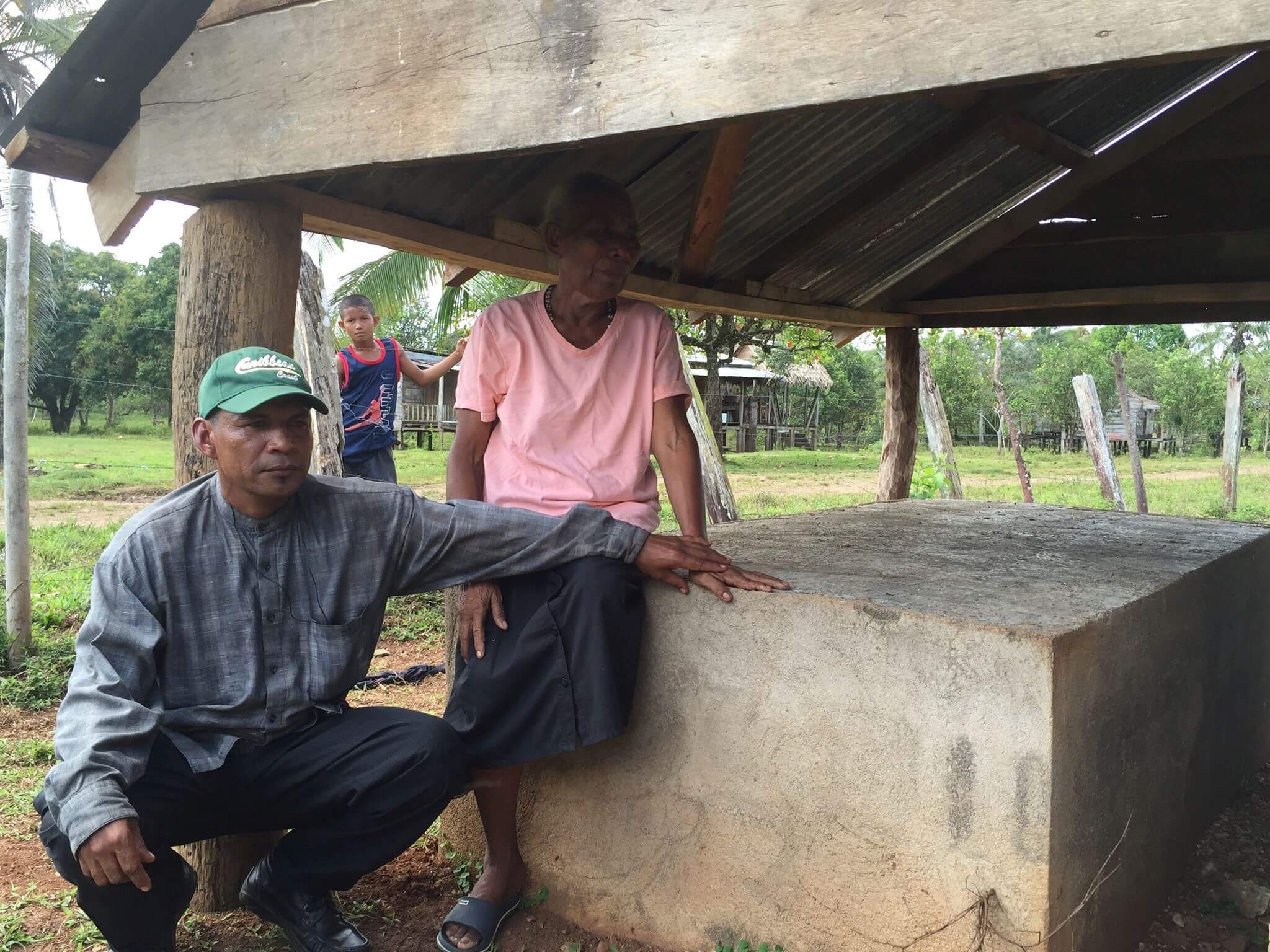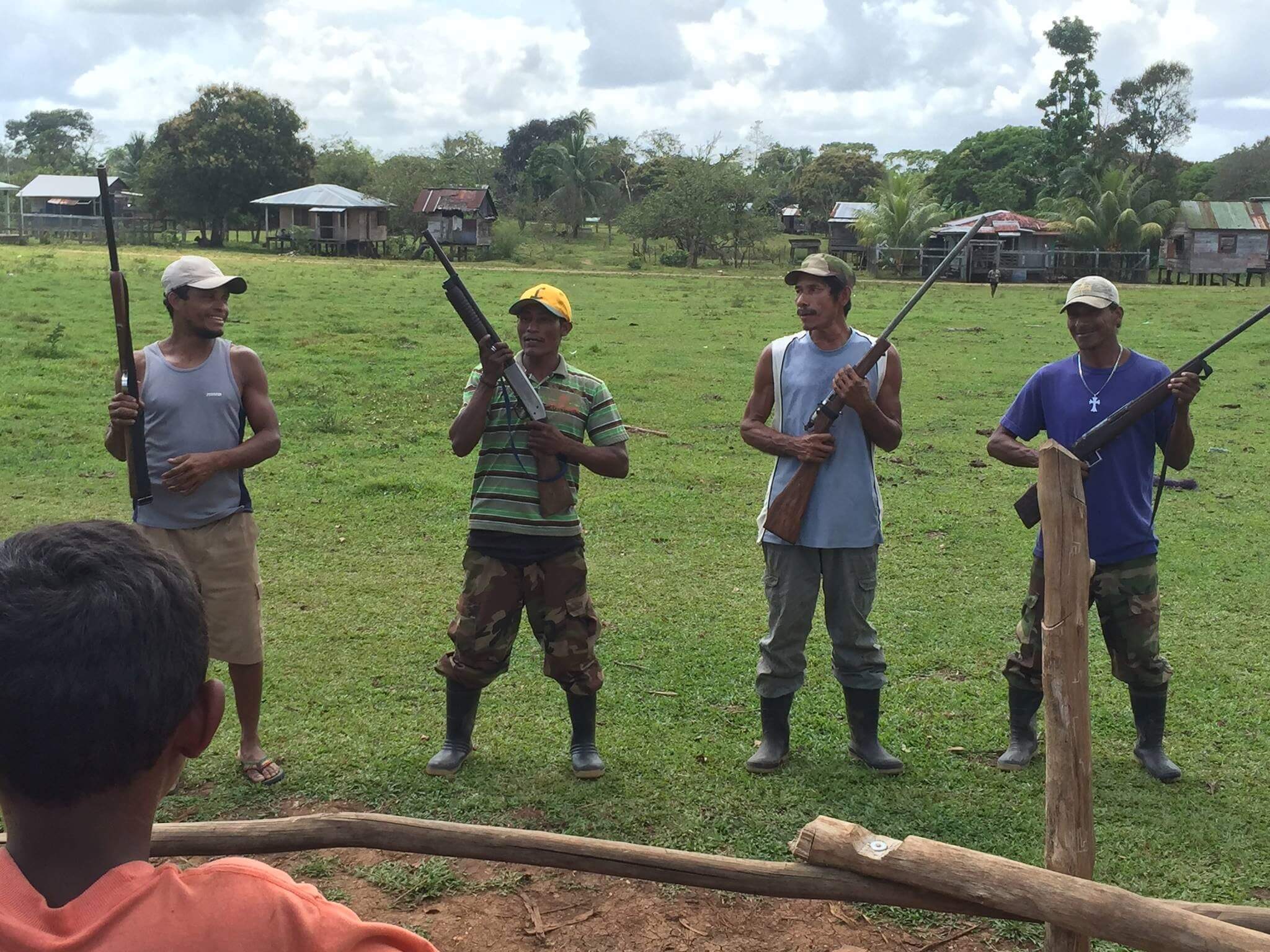
La Moskitia, located on the Caribbean cost of the Central American country of Nicaragua, is the traditional territory of the Miskitu, Sumu-Mayangna, and Rama indigenous people, and also of afro-descendent communities (Garífuna and Creole). Together they, along with the mestizo national majority population, live in peace and harmony with nature and the elements of the region. This traditional territory was not conquered during the 15th century European invasion and colonization, despite numerous expeditions, particularly of the Spanish. Throughout time this region has always possessed abundant natural resources in its forests, soil, subsoil, fauna, and marine life.
However, as of 1894, as a result of the military annexation of La Moskitia to the Republic of Nicaragua, the presence of transnational companies, backed by North American capital, in the region, have been performing activities of timber, gold, bananas, gum, and seafood exploitation. These extractive and enclave type economic activities, because of their model and productive infrastructure, lasted until 1979 along with the emergence of the Sandinista revolution in the country. However, during the first period of the Sandinista government in the 1980s, the plunder of wealth halted mainly due to the prevailing armed conflict of the region, and it only started again under the liberal governments of the early 1990s, by the hand of national groups associated with foreign companies.

Surrounded by community members, a Miskito woman stands with her daughter – in the yellow shirt – who was shot in the head by a ‘colonos’. Photo: Courtney Parker, Intercontinental Cry, 2016
During the second term of the Sandinista government, which took place in 2007, and almost parallel to the process of demarcation and titling of indigenous peoples and afro-descendant’s territories, the emergence of groups of pillagers of natural resources began. They began by first extracting and stockpiling precious timber, especially mahogany and cedar of indigenous territories. Subsequently, these groups involved wealthy settlers (invaders and traffickers of indigenous lands) from the rest of the country for logging to extract all precious woods from indigenous areas of the region. Over time, the presence and activity of the settlers became overwhelming. These settlers came from all areas of the national territory, invading ancestral lands, pillaging community property, and preying on the habitats of indigenous peoples throughout La Moskitia.
With the clearing of the forests, the groups of invading settlers funded by ranchers and national landowners, have become dedicated to the usurpation of large expanses of indigenous lands by planting grasses, fencing pastures, and introducing large amounts of cattle. Meanwhile, the landowners are accumulating large expanses of indigenous land for the purpose of driving megaprojects and investments in the future. Parallel to the increased livestock activity, other groups of settlers sponsored by the mining company, HEMCO, with an office in the region, has become dedicated to the extraction activity of alluvial gold from rivers and other indigenous areas. Clearly, these extractive activities are executed and have a direct detriment to the rights, and the very existence of, indigenous peoples.

Secretary of the YATAMA Council of Elders sits with a grieving Miskito elder at the grave of a community hero who died fighting to protect the land and people. Photo: Courtney Parker, Intercontinental Cry, 2016
However, although in Nicaragua communal ownership is recognized in the Constitution – along with other types of properties at the same level, respect, and opportunity, of the others – in practice, this recognition does not cover the legal certainty in the country in terms of assets of indigenous peoples and afro-descendants. Indeed, the invasion and usurpation of ancestral lands, plunder of communal property, and environmental depredation of the settlers occur in plain sight and passivity of the government and its institutions. In this manner, there is a clear government complicity with the illegal activity of the settlers and their sponsors to our indigenous communities.
It is evident that the groups of settlers have taken action counting on certain political and material support from government institutions and of their parties in the region, whom provide recognition and infrastructure support for their activities and settlements. Similarly, it has been known that officials and activists of the regional governments, along with ruling party members in the region, are involved in the illegal sale of indigenous lands. In addition, groups of settlers have weapons of war and mobilize and carry out armed attacks against communities with impunity, and even with prior knowledge of the national forces of order and defense located in the region. Therefore, for indigenous communities, armed settler groups led by former military are, and act as, paramilitary forces against them.

A Miskito boy watches Miskito community defenders pose for a picture with their weapons. Photo: Courtney Parker, Intercontinental Cry, 2016
It follows, that the invasion and occupation of the settlers carry a complete policy of internal colonialism by means of an aggressive process of border advancement of population and agricultural. At the same time, there is also evidence of a colonization of the territories of the indigenous and afro-descendants, involving a policy of fading out cultures and communities themselves. By imposing a so-called ‘cohabitation of communities’ with the groups of settlers, the Government and their parties promote the legitimacy and legal recognition of these invaders, and eventually the ethnocide of indigenous peoples.
Faced with this stark reality of aggression and threat to the very existence and historical memory of our indigenous peoples, the struggle remains the same today as it has always been for the survival and dignity of indigenous peoples through the defense of their ancestral territories, whose existence pre-dates Nicaragua as a Republic. This is the resistance to the advancing government plan of colonization, which serves as a launch pad for the invading settlers, sponsored by the wealthy, with their megaprojects, under its extractive model of the communal property and the usurpation of ancestral lands. The challenge is our survival as a people and we cannot fail in the struggle. So be it.

Indigenous Peoples are putting their bodies on the line and it's our responsibility to make sure you know why. That takes time, expertise and resources - and we're up against a constant tide of misinformation and distorted coverage. By supporting IC you're empowering the kind of journalism we need, at the moment we need it most.